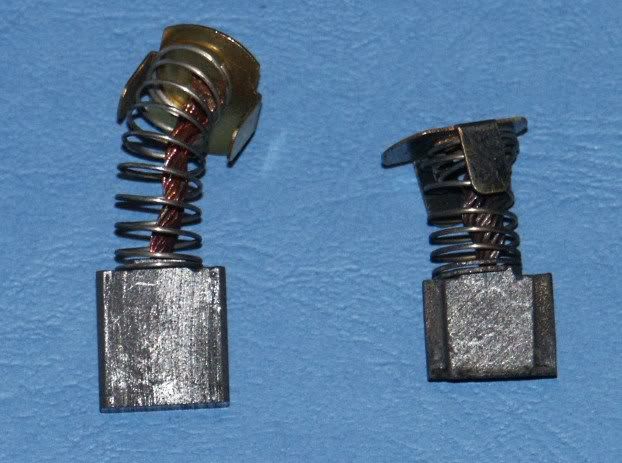Warco wm240v
Warco wm240v
- This topic has 21 replies, 13 voices, and was last updated 31 October 2024 at 17:02 by
Ian Rolfe.
Viewing 22 posts - 1 through 22 (of 22 total)
Viewing 22 posts - 1 through 22 (of 22 total)
- Please log in to reply to this topic. Registering is free and easy using the links on the menu at the top of this page.
Latest Replies
Viewing 25 topics - 1 through 25 (of 25 total)
-
- Topic
- Voices
- Last Post
Viewing 25 topics - 1 through 25 (of 25 total)
Latest Issue
Newsletter Sign-up
Latest Replies
- TurboCAD – Alibre File Transfers.
- Another Day … Another ScumBag
- Sat nag
- buying machine tools from aliexpress experiences?
- Adjustable spanner thread direction
- “swedish iron”
- Chester Champion, warco ZX15 drawbar
- Bosch PBD 40 bearing upgrade
- Square end on round stock – Milling?
- motor and switch wiring Myford ML7





